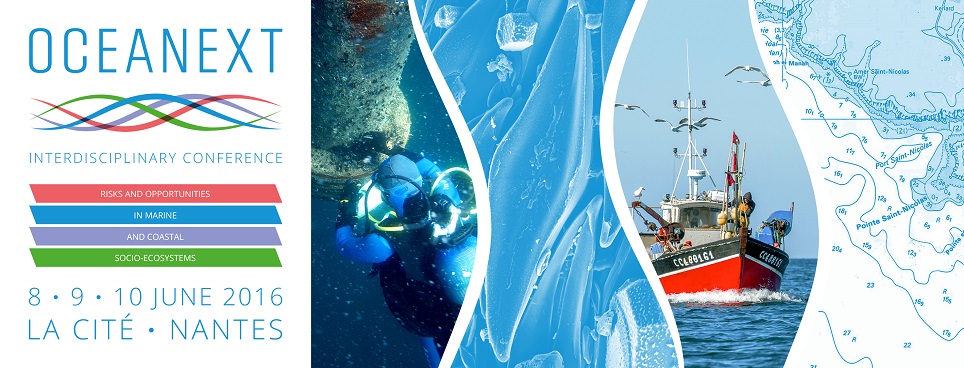Among the numerous processes used in marine biotechnologies, enzymatic hydrolysis exhibits a great potential to improve extraction of bioactive compounds from seaweeds. In recent years, several articles in various research areas put forward the improvement and simultaneous stimulation of the enzymatic hydrolysis by ultrasound (UAEH). Indeed, the use of ultrasound in conjunction with enzymes can increase the yields of extraction of valuable biomolecules from plants, compared to conventional methods. Currently, there are very few works on this combined process on seaweeds, particularly wet ones.
Our work is focused on underexploited, proliferative alien red seaweed found on Brittany coasts, Grateloupia turuturu. The goal of our study is to develop an UAEH process using 4 industrial enzymes and an original ultrasonic flow-through reactor. The experiments of simultaneous combination enzymes/sonication (UAEH), sonication and enzymatic hydrolysis were conducted in triplicate, two temperatures were tested (40-22 °C).
Our results highlight the great potential of UAEH in seaweed liquefaction rather than enzymes or sonication alone. After 4 hours of this treatment at 40 °C, up to 90 % of primary material was recovered into soluble phase. Biochemical analyses of those resulting phases revealed enrichment in carbon and nitrogen compounds, more precisely, carbohydrates and amino acids.
This original and innovative process is clearly an efficient procedure for the liquefaction of wet seaweeds, enabling the recovery of valuable components.

 PDF version
PDF version
